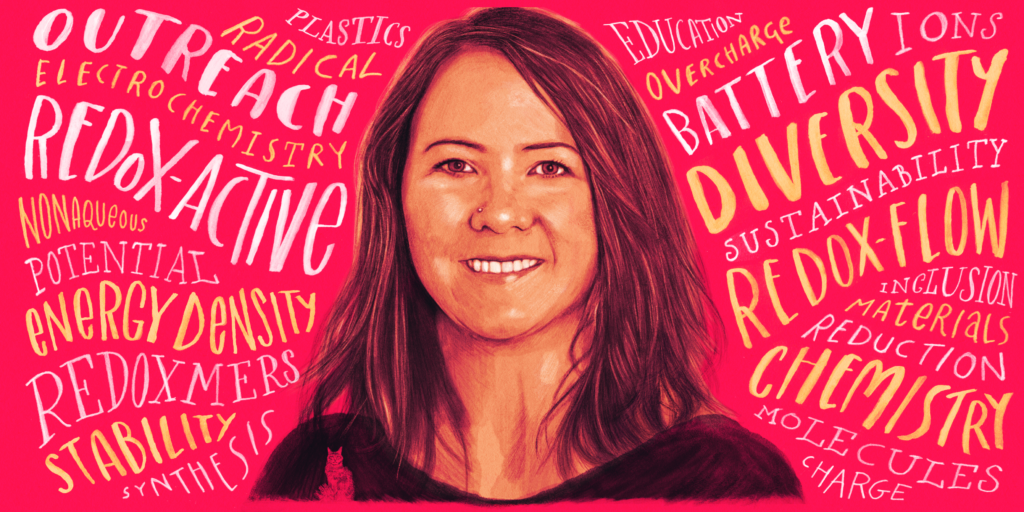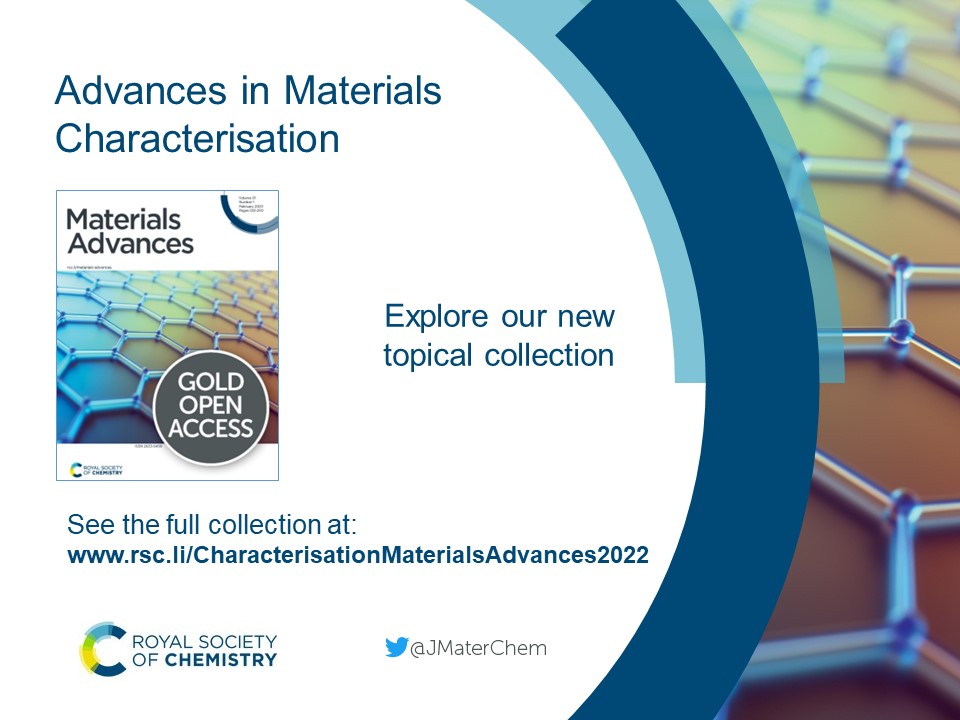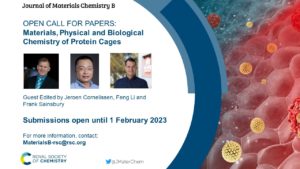Journal of Materials Chemistry B is delighted to announce an open call for submissions to a cross-journal themed collection on ‘Microneedles’ with companion journal Biomaterials Science.
Guest edited by Dr Ester Caffarel-Salvador (Scientific Consultant, USA) Professor Ryan Donnelly (Queen’s University Belfast, UK), Professor Harvinder Gill (Texas Tech, USA) and Professor Hyungil Jung (Yonsei University, Korea).
Submissions open until 1 March 2023
Microneedles, since their inception as a unique transdermal drug and vaccine delivery system, have become a noteworthy system used in multiple routes, including gastrointestinal, oral (mouth cavity) and ocular, to name a few. The range of illnesses being targeted by microneedles has also increased significantly and includes infectious diseases, pain, diabetes, and allergies for example. Sensing is another upcoming application of microneedles. Innovation in microneedle fabrication continues to not only push the drug-carrying and delivering capacity of microneedles, but also making mass manufacturing feasible and economical. There is also increased activity in the commercial sector with different companies attempting to bring the first microneedle-based medical device to market.
This cross-journal themed collection on ‘Microneedles’ in Journal of Materials Chemistry B and Biomaterials Science aims to bring together recent advancements in the field of microneedles that readers will find informative and useful. The topics could include microneedle fabrication and development approaches, applications of microneedles that add a new dimension to existing core knowledge in the microneedles field, sensing applications and clinical studies that evaluate efficacy or other aspects of microneedle use in humans.
Submissions to the journal should fit within the scope of Journal of Materials Chemistry B or Biomaterials Science – Please see the journal website for more information on the journal’s scope, standards, article types and author guidelines. We encourage you to submit your work to the journal that you feel best reflects the scope of your work.
The call for papers is open for the following article types:
- Communications
- Full papers
- Reviews
- Perspectives
If you would like to submit to this themed collection, you can submit your article directly to the online submission platform for Journal of Materials Chemistry B or Biomaterials Science. Please mention that this submission is a contribution to the Microneedles collection in the “Themed issues” section of the submission form and add a “Note to the Editor” that this is from the Open Call. The Editorial Office reserves the right to check suitability of submissions in relation to the scope of both the journal and the collection, and inclusion of accepted articles in the final themed issue is not guaranteed.
Please note that all submissions will be subject to initial assessment by the journal editors and as such we cannot guarantee peer review or final acceptance of your manuscript. If you have any questions about the collection, email us at materialsb-rsc@rsc.org. We look forward to receiving and featuring your submissions in this exciting collection!















